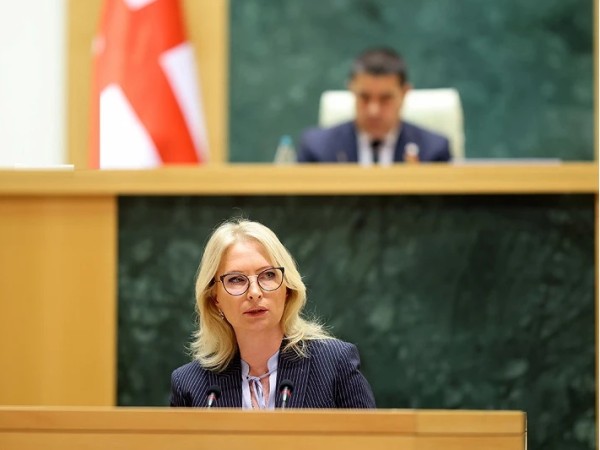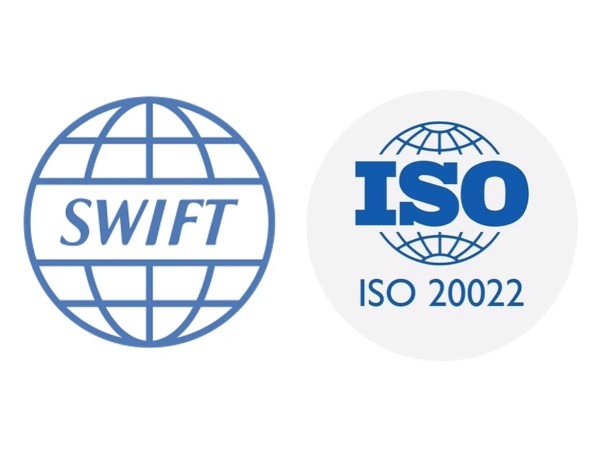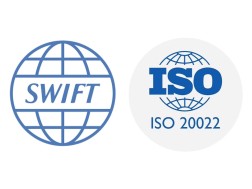Inflation will stabilize around the target level in the medium term -...
At the plenary session of the Parliament, the NBG Governor Natia
Turnava, emphasized that under the existing monetary policy framework
where the key monetary policy instrument is the policy rate consistent
steps toward both tightening and normalization, taking into account
the effectiveness of transmission to the economy, ensure price
stability in Georgia.“In October, the NBG updated its macroeconomic
projections. According to the current baseline scenario, inflation
will temporarily remain above the 3% target and will average 4.0% in
2025; however, in the medium term, supported by tight monetary policy,
normalization of aggregate demand, and the fading of inflationary
effects stemming from food prices, inflation will stabilize around the
target level,” stated Natia Turnava.She emphasized the high level of
economic activity and noted that it is largely driven by structural
changes in the economy. In particular, the improvement of production
potential partly offsets the impact of strong aggregate demand on
prices.“According to preliminary data, average economic growth for
the first nine months of 2025 stands at 7.7%. In line with the NBG’s
baseline forecast, economic growth will reach 7.4% in 2025. In the
following years, the pace of real activity will gradually normalize
toward its long-term level,” she noted.According to Natia Turnava,
under an inflation-targeting regime, decisions regarding the policy
rate and its future trajectory are made based on forecasts. However,
uncertainty has increased significantly in recent years, raising the
risks of deviations from projections.“Since the beginning of 2025,
the NBG has introduced a new scenario-based approach to monetary
policy communication, which has made the decision-making process more
transparent and anchored risk management in the detailed analysis of
potential scenarios. Specifically, in conducting monetary policy, the
NBG responds in a way that minimizes economic losses should any
identifiable risk materialize,” Natia Turnava stated.When presenting
the report, the NBG Governor also spoke about the high global economic
uncertainty and rapidly changing environment, driven by ongoing
geopolitical tensions worldwide. She highlighted the risks affecting
inflation in both upward and downward directions, such as changes in
prices of energy and food commodities, transportation costs, regulated
prices, global economic fragmentation, and other factors. In her
assessment, in order to minimize the impact of these risks, it is
optimal to maintain a cautious approach toward the normalization of
monetary policy.“According to the current baseline forecast,
prepared with consideration of macroeconomic risks, the NBG will
continue normalizing the policy rate at only moderate intervals. In
the medium term, as inflation expectation risks continue to subside,
the rate will stabilize around its neutral level, which is currently
assessed at approximately 7%. It should be noted that the expected
trajectory of the policy rate depends significantly on how global
economic conditions and geopolitical developments unfold,” stated
Natia Turnava.In her remarks, the NBG Governor underscored that
international reserves are a key guarantee of the country’s
macroeconomic stability. For this reason, the NBG is consistently
focused on the accumulation of reserves and their effective
management.“Given the favorable conditions in the foreign exchange
market, the NBG has been actively accumulating reserves since the
beginning of 2025. Accordingly, as of January–October 2025, the
Bank’s net purchases amounted to USD 1.8 billion. As of October
2025, the volume of international reserves exceeds USD 5.6 billion. At
the same time, the effective management of international reserve
assets is of great importance. For this purpose, the addition of
monetary gold to international reserves is a strategic decision of the
NBG, aimed at mitigating global inflationary risks and preserving the
purchasing power of reserves. The price of gold on the international
market has been rising, and since the moment of purchase, the increase
in gold prices has boosted reserves by USD 420.6 million as of
October,” Natia Turnava stated.Within her report, Natia Turnava also
reviewed the NBG’s larization policy and the measures implemented to
strengthen monetary policy transmission to the economy and to
reinforce financial stability.“As of October, 58 percent of the
total loan portfolio is denominated in lari. Of particular note is the
high degree of larization of loans to individuals: specifically, 76.9
percent of loans to individuals are denominated in the national
currency. The NBG continuously analyzes dollarization dynamics and,
when necessary, undertakes appropriate measures. This not only reduces
borrowers’ foreign-currency and related credit risks but also
promotes long-term economic growth,” Turnava stated.She also
addressed the Bank’s larization policy more broadly. According to
her, ensuring price stability increases confidence in the lari, as
evidenced by the larization trends of deposits in the banking sector.
As of October, 51.2 percent of total deposits are denominated in the
national currency.In conclusion, Natia Turnava emphasized that the
presented monetary and exchange rate policy framework ensures price
stability over the medium term. Consequently, it will enhance
Georgia’s economic resilience to potential shocks and support stable
and long-term economic growth.
1764159028





















